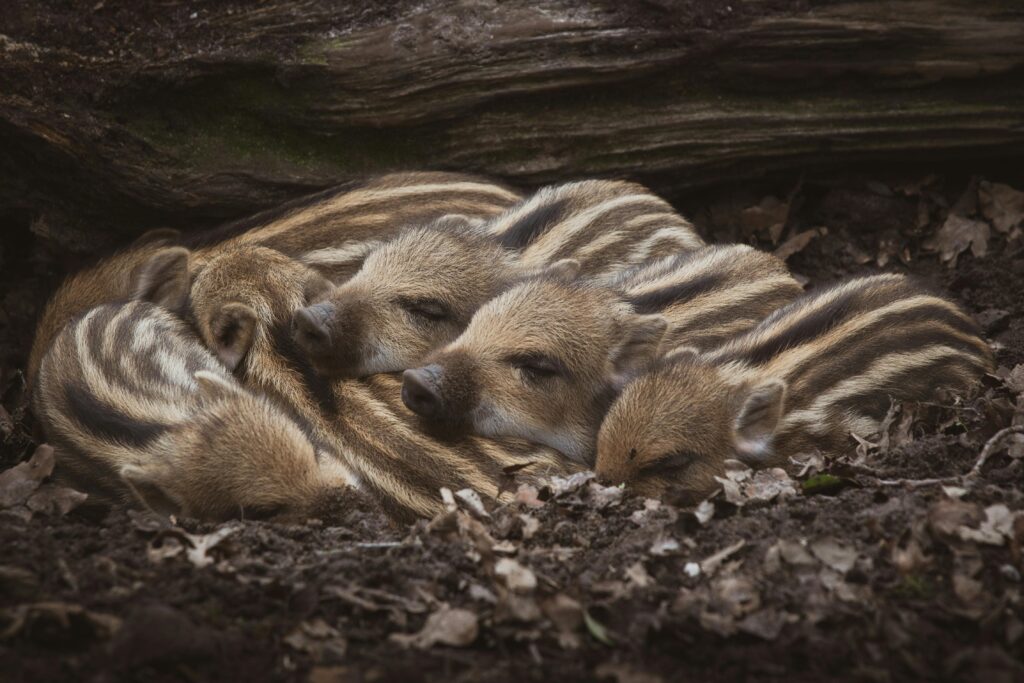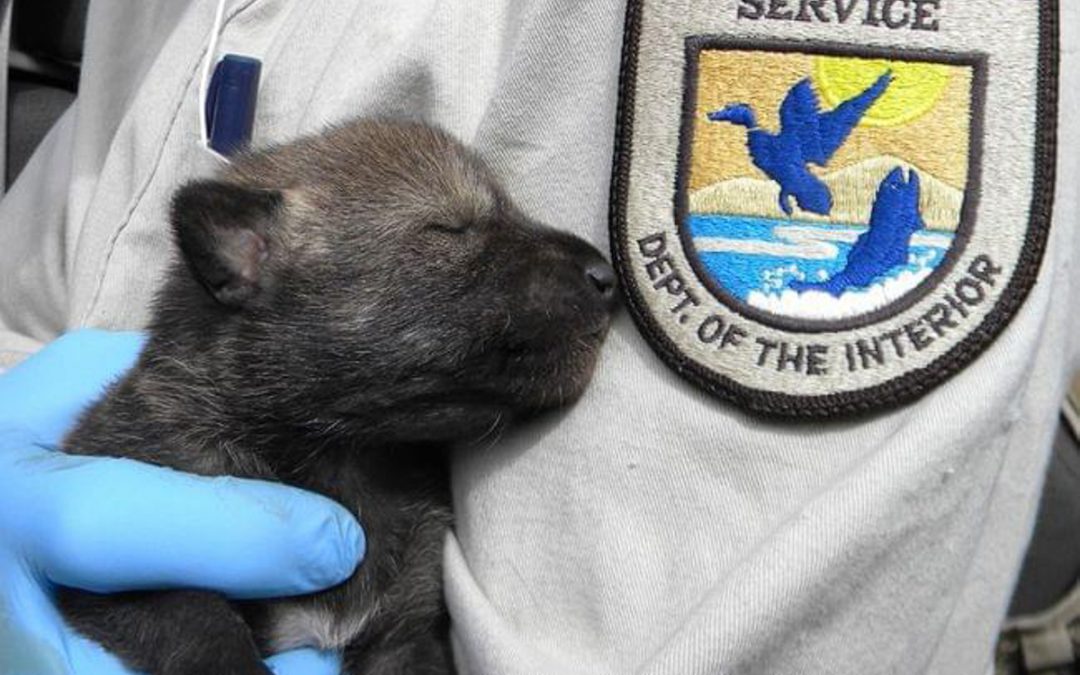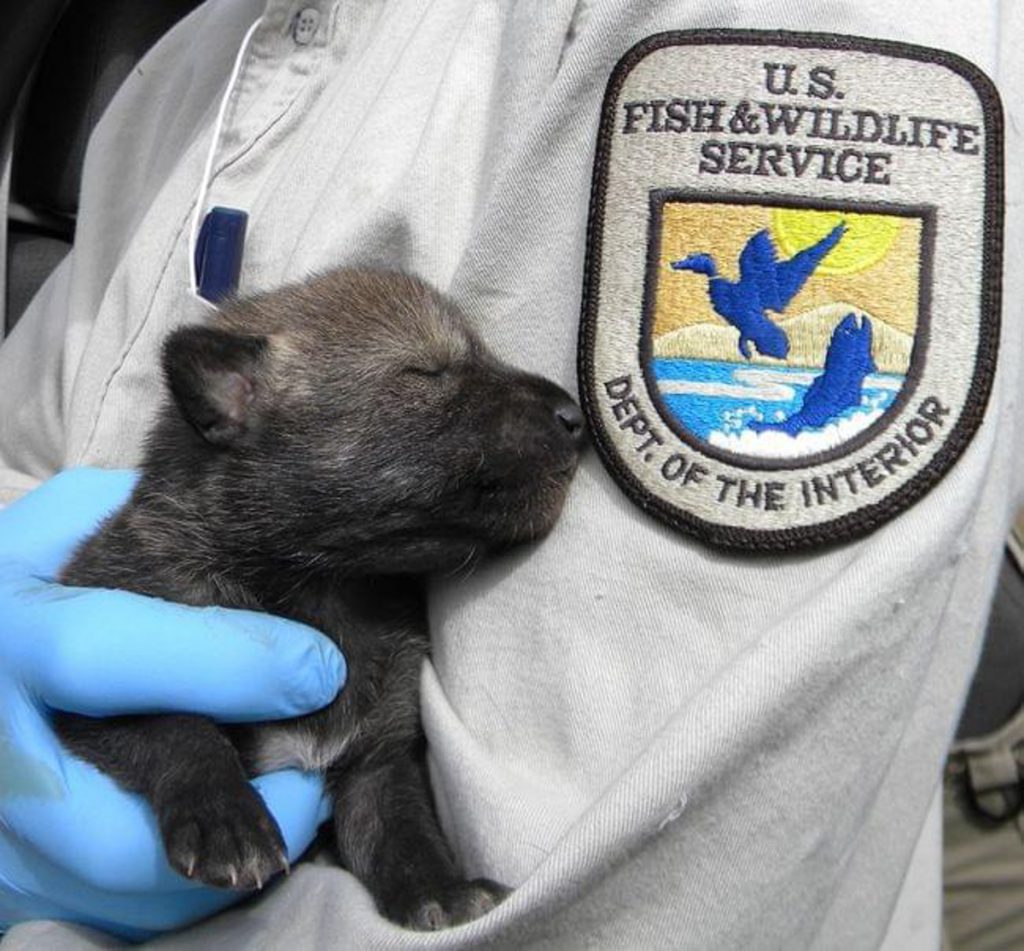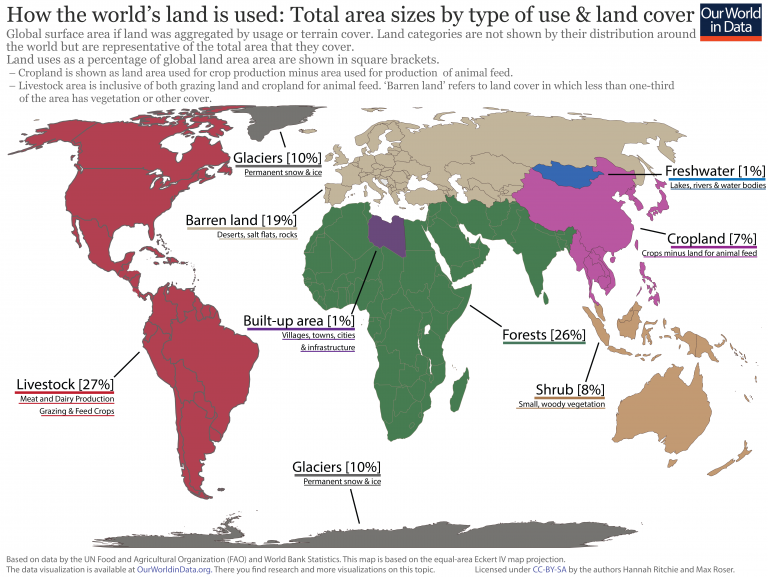
by Lee H. | Nov 23, 2024 | Climate Action Committee
It’s often said that it takes more muscles to frown than to smile. There is an inherent simplicity and ease in smiling. To love, likewise, is simpler than to create distractions from love. Peace, too, is the simple way. Simpler than war, simpler than hate, simpler than the endless desire to dominate that humanity so often displays.
In a world entangled with complex human systems that introduce increasing levels of chaos into our lives, it’s simplicity that offers an appealing path forward. There is wisdom in simplicity, and it calls us to live a life aligned with it.
Instead of structuring our society on tiered systems of wealth or clout, simplicity calls us to seek out ways of living in harmony with our planet and all who inhabit it. We’re interconnected – not only as members of our communities, but also as part of Earth’s broader ecosystem. Our individual and collective actions impact not only our immediate lives and communities, but our planet as a whole. Consumerism – the quest for the newest, the best, the most – diminishes planetary resources while simultaneously increasing pollution and global warming. It also oppresses communities around the globe who struggle under the pressure of exploitative economic systems that prioritize profits over people.
“The Earth is what we all have in common.” That’s Wendell Berry, the farmer and author, speaking to finding unity in the power of each other and our Earth. We are interdependent; no one is complete apart from the rest. How often and how deeply do we acknowledge our beautiful, sacred connections?
Buildings may crumble into the rising seas or human wars. Yet nature endures – a powerful force striving always to regenerate and heal. When we side with the power of nature, the effects can be impressive. One vivid example is the resilience of mangrove forests. After deforestation, corridors of mangroves along a river can regenerate fully within mere decades. This is a testament to the Earth’s ability to renew and heal itself. When we listen closely, we hear Earth calling us to follow its lead and do the same in our communities.
Continuing Revelation
We have come to understand the importance of native gardening. We appreciate all that happens when nature thrives on its own terms.
And we have come to understand that some people are not to be owned, controlled, resocialized, or exterminated by others. We now know the Doctrine of Discovery was a profound mistake, advanced by European settlers who misused religion to justify it. Continuing revelation brought us to understand and support reparations for those our ancestors have exploited.
Will we similarly come to rue humanity’s systematic exploitation of living communities beyond our species? Given that we have no b iological need for this habit, is it, too, relinquishable? Imagine how different, how much freer, our living Earth would be if we stopped chasing, confining, and commercializing other beings—and if we simply grew food, not feed. This would support a resurgence of biodiversity and help us coexist with Earth’s climate system. It would also relieve some of the least privileged among us from the work of repetitive killing, along with the resultant injuries and traumatic stress.
iological need for this habit, is it, too, relinquishable? Imagine how different, how much freer, our living Earth would be if we stopped chasing, confining, and commercializing other beings—and if we simply grew food, not feed. This would support a resurgence of biodiversity and help us coexist with Earth’s climate system. It would also relieve some of the least privileged among us from the work of repetitive killing, along with the resultant injuries and traumatic stress.
As inhabitants of Earth, we are given a sacred calling – to sustain our world and all its living beings. As Earth itself teaches us, the best approach is not domination, but simplicity.
We’re part of this society, yet also of Earth’s web of life. We imagine how much better we could be at sensing this, and how soon the results could be observable, and what a relief it would be to see the transformation.
We imagine the type of world we could inhabit if we, both environmentally and socially, truly embraced simplicity, solidarity, and love. By treating all living communities and our planetary systems with respect, we could foster societies where division, war, and strife are replaced by peace. For peace is a principle that promotes love over division, and solidarity over hierarchy.
We thank you so much for reading this far, and look forward to connecting with those who feel called to contribute to the urgent work of our time. Our Climate Action Committee is advancing dialogue to inspire actionable commitments to a more sustainable and equitable humanity. We’re eager to explore our transformative potential together.
By SJM and Lee Hall
Climate Action Committee
—
Photo credit: Vincent M.A. Janssen (Pexels/Canva).

by Lee H. | Jun 18, 2023 | Climate Action Committee
Contemplating the phrase “I could never give up __________.”
In a materialistic society, in a complex, profit-driven social system, when we give something up, people think we enter the process of loss. Or the process of turning away from something or someone.
It’s a gift when they ask (even silently) what we are turning to. The question can open an exploration of simplicity.
Perhaps the giving-up is done because the thing has harmed our world, our basic support systems, the web of life that includes and sustains us.
What if the Giving-Up Isn’t a Choice, But an Action We Are Called to Take?

No question: There is stress and anxiety in the decision to relinquish it. Yet the inner self has reached a point where release is relief.
Release of something that’s a good thing to have in a strictly individual way: Is this giving up? Or is it an act of becoming?
The ability to give something up, itself, is a good. Giving up, when we’re called to do it, can mean up-lifting. And then, giving up becomes a giving to Spirit.
Photo credits: Bru-nO and RitaE, on Pixabay.

by Lee H. | Jul 16, 2022 | Climate Action Committee

Red wolf communities once populated the continent, from Texas and Oklahoma and Kansas in the west, to Pennsylvania and New Jersey in the east. Were they still here, they’d be naturally curbing the population of white-tailed deer. They are completely gone from our state, chased off by hunting and agribusiness.
Our age has been coined the Anthropocene. We have gone so far as to alter the climate that protects all living beings on Earth.
To make room for grazing, we buried huge swathes of prairie and forestlands. Why have we felt so free to blanket the great North American plains with chemically dependent monoculture crops and feedlots? Only because the interests of the wolves and coyotes, ferrets and foxes, cranes, owls and curlews posed no obstacles in our moral framework.
Today, are we different? No; we continue to displace indigenous beings for agribusiness interests.
Over the most recent three years, taxpayers have funded Wildlife Services killings of 188,670 coyotes, 74,630 beavers, 8,183 foxes, 2,108 bobcats, 1,267 black bears, 1,007 gray wolves, 784 cougars, and 12 endangered grizzly bears.
So this is another reason to divest from animal agribusiness. Not only is it a massive emitter of methane and a heavily carbon-driven food system, but it’s killing the free-living animals. Wolf kills are going on now – in Idaho, Utah, Colorado, Montana, Washington, Oregon, and Wyoming – as wolves are reviled for eating into the profits of sheep farming.
Same story for the grass-fed beef cattle. Wolves and coyotes, free-roaming horses and burros, and many other untamed animals are targeted because ranchers don’t want them there. While grass-fed is promoted as an environmental benefit, in reality, all cattle are grass-fed. They start on pastures, then wind up at feedlots and are eventually trucked to slaughter.
Organic, biodynamic, regenerative, and now targeted grazing have been praised as the answer to soil health. On the African continent, cattle farming is being rebranded as sustainable. But all are systems in which massive amounts of water and feed are diverted to animals who are bred into existence only to be used and slaughtered. We do not have the water, forage, feed or grass to sustain this business. And cattle grazing is leading the threats to biodiversity.
Meanwhile, dairy cows are kept in intensive confinement and machine-milked. Dairy farmers are now using water sprayers and air conditioners (more electricity!) because milk production wanes as summer temperatures rise.
Intensive confinement for any animals becomes like a petri dish for diseases and viruses. Recently, bird flu has apparently jumped from intensive commercial bird farms to the Harbour seals of Quebec. For struggling species, there is a lot of collateral damage from animal agribusiness
Loops Upon Loops
Agribusiness, mostly grazing and feed production, is the key driver of deforestation. And then, human-driven climate disruption itself degrades still more forests. And degraded forests have a hard time absorbing CO2. Thus, more global heating.
We know the heating of this continent is causing strange disasters that take tolls on human lives. Are we paying attention to what it’s doing to the rest of the planet’s living communities?
Bark beetles thrive unnaturally in a warming West. They are free to eat up the pine bark, thwarting the growth of pine seeds that serve as food for endangered bears of the Yellowstone.
This is an example of the links between our food systems, climate, and extinctions. It’s somewhat hard to wrap our heads around these links, and it’s easy enough for most of us to pay no attention until climate crisis arrives at our own doorsteps. And yet, as with the famous effect of the butterflies flapping their wings, everything is connected. When any one ecosystem unravels, the entire biocommunity of a continent eventually suffers for it.
The best answers might not be easy, but they are simple.
We stop breeding cows into existence for consumer demand. We stop using land for feed crops for industrially confined, mechanized dairy animals.
Already, the livestock sector (meat and dairy production, grazing and feed crops) covers 27% of the Earth’s total land surface. That’s more than the Earth’s forested lands – which are rapidly being degraded and destroyed for animal agribusiness.

And if we divest ourselves from animal agribusiness, with its high carbon and methane emissions, its waste runoff, and its indifference to aware beings? This will help us shift to direct use of land to grow human food – as opposed to allocating it to the global feed markets that create economic dependencies and usurp far more planetary space than humanity needs.
And it will align our food system with the Quaker testimonies of simplicity and peace. Consider the radical approach to these testimonies taken by the well-known Quaker humanitarian Benjamin Lay. Preaching an anti-slavery message all the way from London to York in the north of England, Benjamin Lay walked. Why? Lay was protesting the oppression of both the stablehands and the horses. Lay refused to subjugate others in the human community – and beyond. Benjamin Lay would find plenty to protest today.
Lee H., Radnor Friends Climate Action Committee
_____
Banner photo of red wolf pup: public domain (FWS.gov).

 iological need for this habit, is it, too, relinquishable? Imagine how different, how much freer, our living Earth would be if we stopped chasing, confining, and commercializing other beings—and if we simply grew food, not feed. This would support a resurgence of biodiversity and help us coexist with Earth’s climate system. It would also relieve some of the least privileged among us from the work of repetitive killing, along with the resultant injuries and traumatic stress.
iological need for this habit, is it, too, relinquishable? Imagine how different, how much freer, our living Earth would be if we stopped chasing, confining, and commercializing other beings—and if we simply grew food, not feed. This would support a resurgence of biodiversity and help us coexist with Earth’s climate system. It would also relieve some of the least privileged among us from the work of repetitive killing, along with the resultant injuries and traumatic stress.




